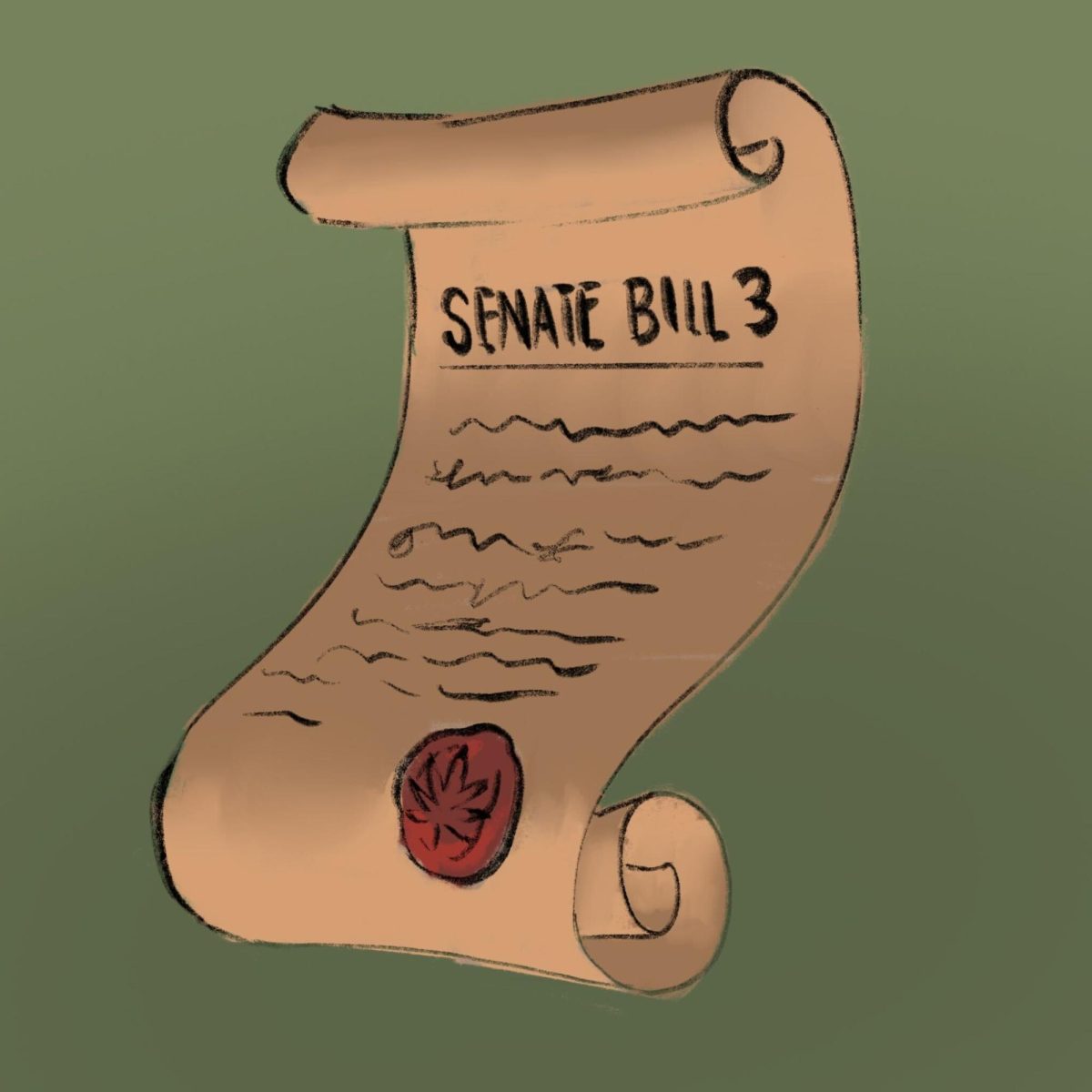In fall 2020, Texas State made the switch from TRACS to Canvas, introducing faculty, students and administration to a new learning management system.
Four years later, Canvas pages across TXST colleges and departments remain barren and unorganized to the detriment of everyone who uses it. To promote faculty and student accountability and to facilitate student success, all faculty must appropriately utilize Canvas.
A well-structured Canvas page sets clear expectations from day one. When professors utilize modules to upload assignments and supplementary materials in advance, students can plan their workloads accordingly. When they don’t, however, it causes unnecessary confusion, leading students to spend more time on logistics and less time learning.
Emanuel Briseno-Hernandez, political science junior, said he’s used Canvas since high school and is familiar with what a good or bad Canvas site looks like.
I would say on a really bad Canvas page, you might spend an extra 15 to 20 minutes just flipping through all the tabs,” Briseno-Hernandez said. “Those 20 minutes could’ve been spent actually doing the assignment, and it’s just not fair to me as a student that my time is wasted that way.”
Professors who structure their sites in a way that makes sense, like utilizing the module feature to organize their course by unit or week, ensure they have played their part in making materials accessible. Scattering content for the same unit under different files or modules not only makes completing assignments harder, but it’s entirely avoidable.
“I feel like some people might say, ‘Oh, it’s college. Some professors are going to have teaching styles that you struggle with and you just have to get over it,’” Briseno-Hernandez said. “But I think it’s the role of faculty to facilitate our success, and a part of that includes having a navigable Canvas.”
Accountability works both ways. What faculty should consider is that an intuitively-structured Canvas page gives students fewer excuses for missing deadlines or misunderstanding expectations given all of the content is available at their fingertips. A robust Canvas page eliminates much of the ambiguity that can derail a student’s semester.
That said, a “perfect” Canvas page won’t look the same for everyone. Faculty members teach vastly different courses — what works for a lecture-heavy history class may not work for a studio art course. What matters most is that each professor tailors their Canvas site to meet the needs of their specific course and student audience.
Jordan Morille, associate professor of instruction of the Honors College, runs several Canvas pages and said he doesn’t use modules in his classes.
“I think [using modules] would depend on the modality and nature of the class… I don’t know what a ‘module’ would look like in any of my classes,” Morille said. “I think that would just be a course-by-course basis thing.”
Morille also said he wasn’t aware of the difference in the faculty versus student interfaces of a Canvas page. He said student feedback informed him to change his page layout.
“I read from course reviews that some students said ‘I wish there were dates,’ and I was like, ‘Okay, next semester I’ll make sure there are dates,'” Morille said. “I’m always evolving my use of Canvas.”
Understandably, some faculty may face barriers in adapting to ever-changing educational technologies. Balancing teaching and administrative responsibilities is already a herculean task, so learning new systems like Canvas can feel overwhelming.
This is where the university administration must step in. Providing robust support — whether through training sessions, teaching assistants or IT resources — can ensure all faculty members have the tools they need to succeed on Canvas.
Ultimately, this is about student success. Texas State faculty and administration have a responsibility to provide students with the resources they need to thrive, and that includes well-maintained Canvas pages. Faculty should see this as an opportunity to better connect with their students, and administrators must equip them with the tools to do so.
-Zayna Abdel-Rahim is an international relations senior
The University Star welcomes Letters to the Editor from its readers. All submissions are reviewed and considered by the Editor in Chief and Opinions Editor for publication. Not all letters are guaranteed for publication.



















Adam Nichols • Dec 29, 2024 at 4:17 pm
Probably the best course of action is to create a college or university level portal authority that has the mandate to set expectations (rules or standards) for the sites. This would help predictably of where to find things and to be able to create content instead of having to organize it all the time.